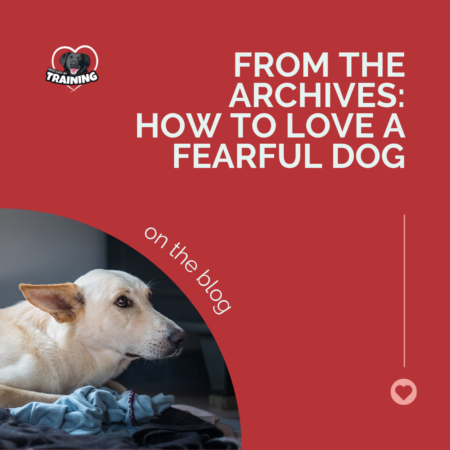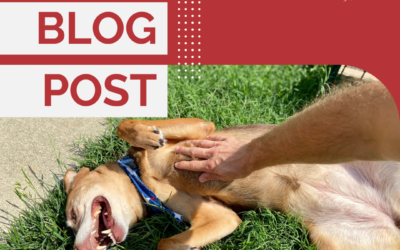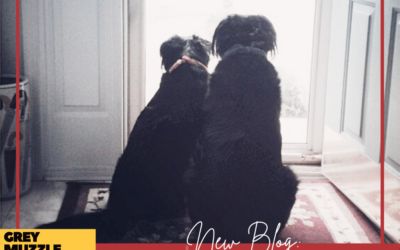This Valentine’s Day week, I am resharing one my popular posts about how to truly love a fearful dog.
Often well-meaning but mistaken people tell others that fearful dogs “just need love” to get better. This is like telling someone with a fractured leg that they just need love to heal their fracture. And yes, while there are degrees of fracture severity, like there are degrees of fearful dogs, all broken legs need some type of medical care for proper healing and long term recovery. While a very simple fracture may only require a brace, ice and rest, other, more complicated fractures require an orthopedic surgeon, pins, plates, medication and extensive physical therapy, Regardless of the type of fracture, an assessment by a professional to make a determination of severity and create plan for recovery is required.
But somehow people think dogs with fear, anxiety or aggression issues have these issues due to lack of love. Many assume these dogs must have “been abused.” As someone who specializes in these case types, I can tell you I have a pretty even split of rescues and dogs from breeders. The overwhelming majority of these dogs didn’t come from abusive or neglectful backgrounds yet still have separation anxiety, generalized anxiety, aggression issues and are fearful. And they need help, not just love.
For many of these dogs, the last thing they want is more attention, doting or touching.
What do fearful dogs need?
- They need to feel safe and not put into scary situations.
- They need owners who understand how to read dog body language and communication so they’re not pushed into unsafe situations. (download my free Dog Communication handout here)
- They need owners who understand dogs don’t behave “unprovoked.”
- They need owners who will work with a qualified behavior consultant to learn how to modify behavior, not just suppress it.
- They need owners who understand the dog determines what is safe or unsafe, not the owner.
- They need owners who will move at the dog’s pace, not the human’s pace.
- They need owners who understand progress will be slow and who are OK with that.
- They need owners who will commit to never using aversive, painful tools or training methods (like prong, choke, shock collars) or any “corrections” including yelling, scolding, saying NO in a “firm” voice, leash jerking, alpha rolling or “tssssst”-ing.
- They often need pharmaceutical medication, not woo-woo “natural” remedies that haven’t been studied, tested, approved and that are unregulated, so we know nothing about dosing, interactions with other medications or what’s actually in these products.
This is how you love fearful dogs. So, if these things are what you mean by the dog “needs more love” then I’m on board with you. But that’s not what most people mean. Sure, dogs need time to decompress and settle into a new environment but fearful dogs won’t just “get over” being fearful. They need training, and often medication, to help them be less anxious and able to learn the things we’re trying to teach them.
Loving a fearful dog means leaving them alone, not making direct eye contact, letting them eat in peace away from people and other animals, not trying to touch them, keeping kids away, not having visitors over, not leaving your separation anxiety dog alone or not taking dogs afraid of noises or being outside on walks. Loving a fearful dog means doing whatever the dog needs you to do to help them feel safe.
Here are some other links to helpful fearful dog posts:
- Behavioral Medication In Training
- No, Is Not A Behavior
- Behavior Suppression Versus Behavior Modification
- 5 Mistakes You’re Making With Your Fearful Dog
- Fearful Dogs and Hand Feeding
- Fear In Dogs series
If you need help with your fearful or anxious dog, schedule your one on one session here! And be sure to sign up for my free weekly newsletter so you don’t miss out on free tips, videos, personal stories, client successes and more!
Happy training!
![]()




